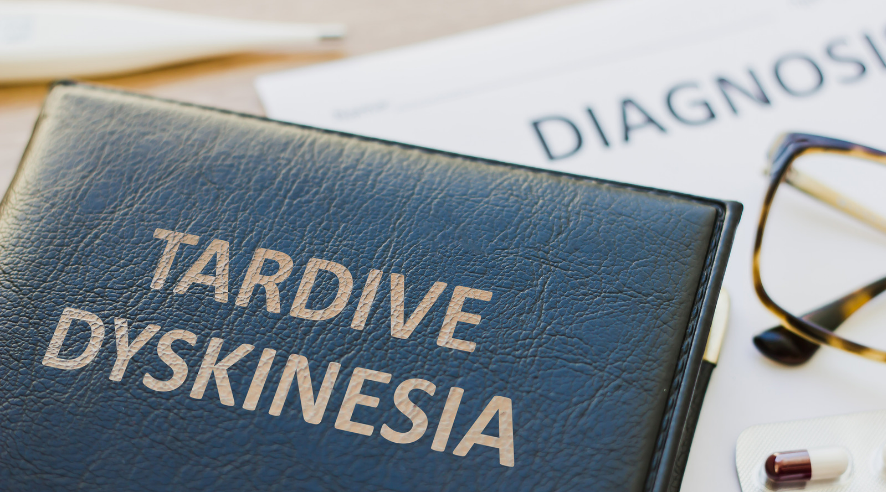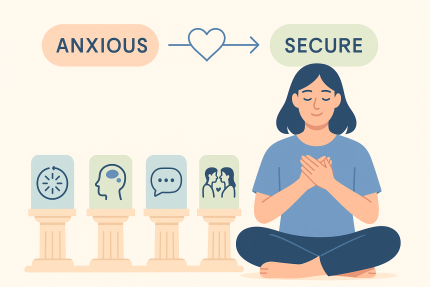Exploring the Latest Treatment Options for Tardive Dyskinesia: A Comprehensive Guide
- 26 August 2022

Tardive dyskinesia is a neurological disorder that affects a significant number of individuals who take antipsychotic medications for long periods. It is a movement disorder that causes involuntary and repetitive muscle movements, which can lead to embarrassment, isolation, and social stigmatization. Tardive dyskinesia can have a significant impact on a person's quality of life and well-being, and it can be challenging to treat.
The goal of this article is to explore the latest treatment options available for tardive dyskinesia. We will discuss the various medications, therapies, and procedures used to manage this condition, their effectiveness, and potential side effects. We will also provide practical tips on how to cope with tardive dyskinesia and improve your quality of life.
Understanding Tardive Dyskinesia
Tardive dyskinesia is a movement disorder that develops as a result of prolonged use of antipsychotic medications. These medications are used to treat various mental health conditions such as schizophrenia, bipolar disorder, and depression. While they can be effective, antipsychotic medications can cause long-term neurological changes that lead to tardive dyskinesia.
The symptoms of tardive dyskinesia can vary, but they typically involve involuntary and repetitive movements of the face, neck, and limbs. These movements can be slow or rapid, mild or severe, and can significantly affect a person's ability to perform daily tasks. Tardive dyskinesia can also affect speech, making it difficult to communicate effectively.
The cause of tardive dyskinesia is not fully understood, but it is believed to be related to changes in the dopamine system in the brain. Dopamine is a neurotransmitter that plays a crucial role in regulating movement, mood, and motivation. Antipsychotic medications can interfere with the dopamine system, leading to abnormal movements.
Treatment Options for Tardive Dyskinesia
The treatment options for tardive dyskinesia depend on the severity of the symptoms, the underlying condition being treated, and the individual's response to treatment. Here are some of the latest treatment options available for tardive dyskinesia:
Switching medications: One of the first steps in managing tardive dyskinesia is to switch to a different antipsychotic medication that is less likely to cause movement disorders. This approach is not always effective, but it can be a useful first-line treatment.
Vesicular monoamine transporter 2 (VMAT2) inhibitors: VMAT2 inhibitors are a new class of medications that work by reducing the amount of dopamine released in the brain. These medications have been shown to be effective in reducing the symptoms of tardive dyskinesia and are generally well-tolerated.
Botulinum toxin injections: Botulinum toxin injections can be used to reduce the severity of involuntary muscle movements. This treatment involves injecting small amounts of the toxin into the affected muscles, which temporarily paralyzes them. This treatment can be effective but is not suitable for all individuals.
Deep brain stimulation: Deep brain stimulation involves implanting electrodes into specific areas of the brain that regulate movement. The electrodes deliver electrical impulses that help to control abnormal movements. This treatment is generally reserved for severe cases of tardive dyskinesia that have not responded to other treatments.
Coping with Tardive Dyskinesia
Coping with tardive dyskinesia can be challenging, but there are several strategies that can help. Here are some practical tips for coping with this condition:
Join a support group: Joining a support group can help you connect with others who are dealing
Exercise and physical therapy: Regular exercise and physical therapy can help to improve muscle control and reduce the severity of involuntary movements. Simple exercises such as stretching and strength training can be effective.
Relaxation techniques: Stress can exacerbate the symptoms of tardive dyskinesia. Practicing relaxation techniques such as deep breathing, meditation, and yoga can help to reduce stress and improve overall well-being.
Avoid triggers: Certain foods, medications, and activities can trigger the symptoms of tardive dyskinesia. It is essential to identify and avoid these triggers to manage the condition effectively.
Talk to your doctor: It is important to work closely with your doctor to manage tardive dyskinesia. They can provide valuable information about treatment options, monitor your symptoms, and adjust your medications as needed.
Conclusion
Tardive dyskinesia can be a challenging condition to manage, but there are several treatment options available that can help to improve symptoms and quality of life. The latest treatment options, including VMAT2 inhibitors, botulinum toxin injections, and deep brain stimulation, have shown promise in managing the condition. It is important to work closely with your doctor to determine the best treatment approach for your individual needs. In addition, practical tips for coping with tardive dyskinesia, such as exercise, relaxation techniques, and avoiding triggers, can also be effective. By utilizing a combination of treatments and coping strategies, individuals with tardive dyskinesia can lead fulfilling and meaningful lives.




